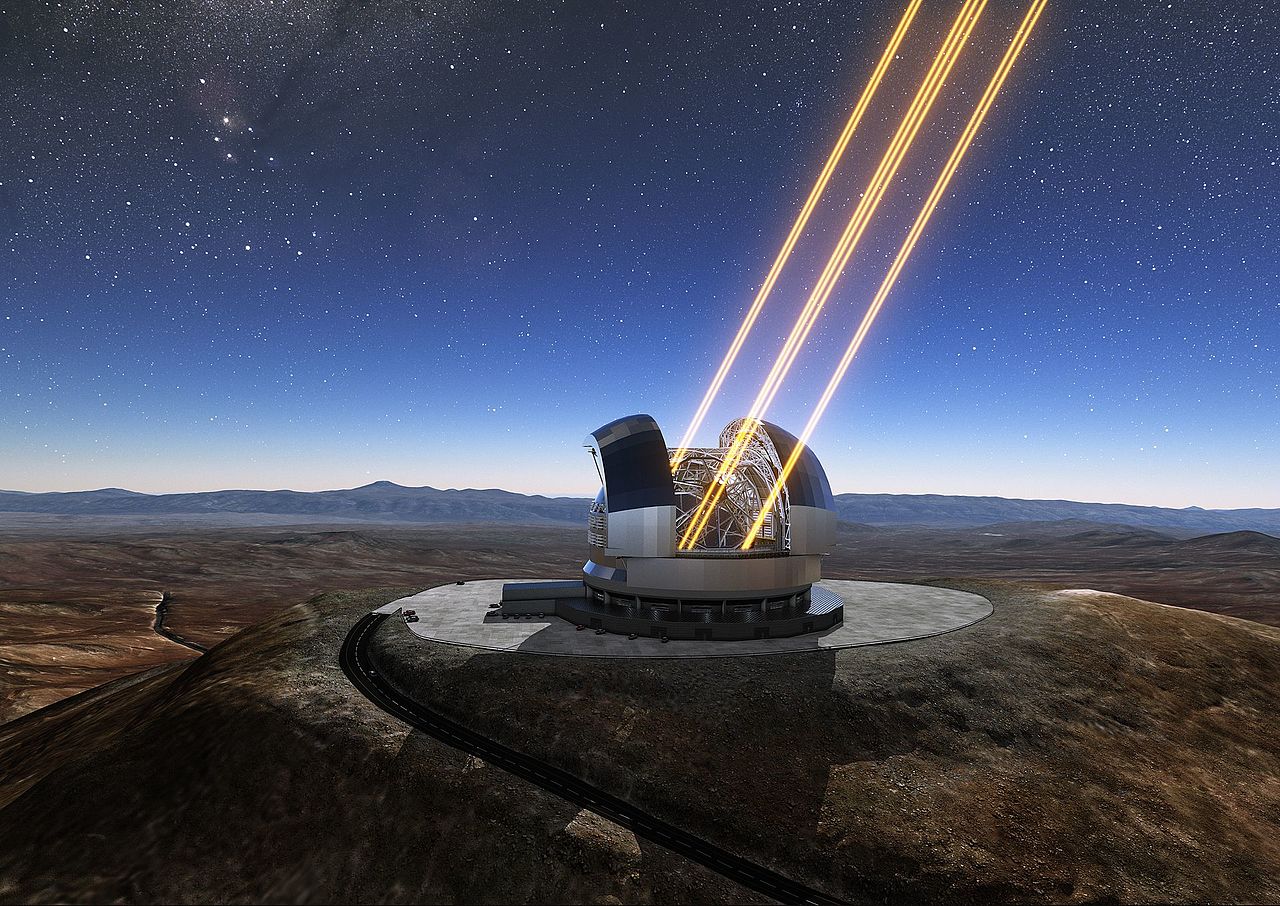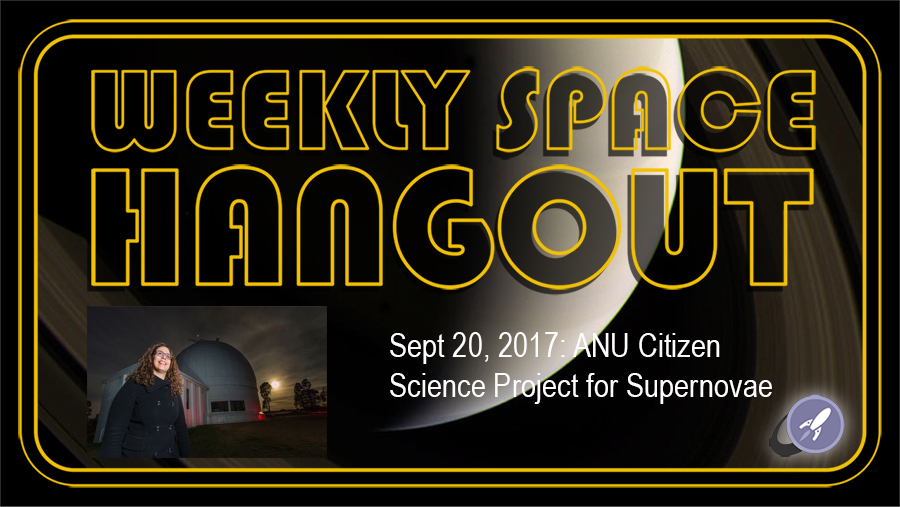In 2016, Russian-American billionaire Yuri Milner founded Breakthrough Initiatives, a non-profit organization dedicated to investigating some of the most enduring mysteries of the Universe. Chief among their scientific efforts is Breakthrough Starshot, a proof-of-concept prototype that combines a lightsail, a nanocraft, and directed energy (aka. laser) propulsion to create a spacecraft capable of reaching the nearest star (Alpha Centauri) in our lifetimes.
Naturally, this presents all sorts of technical and engineering challenges, not the least of which is the amount of power needed to accelerate the spacecraft to relativistic speeds (a fraction of the speed of light). Luckily, scientists from the Australian National University (ANU) recently came up with a design for a directed-energy array made up of millions of individual lasers positioned across the Earth’s surface.
Continue reading “Sending a Spacecraft to Another Star Will Require a Million Lasers Working Together”


